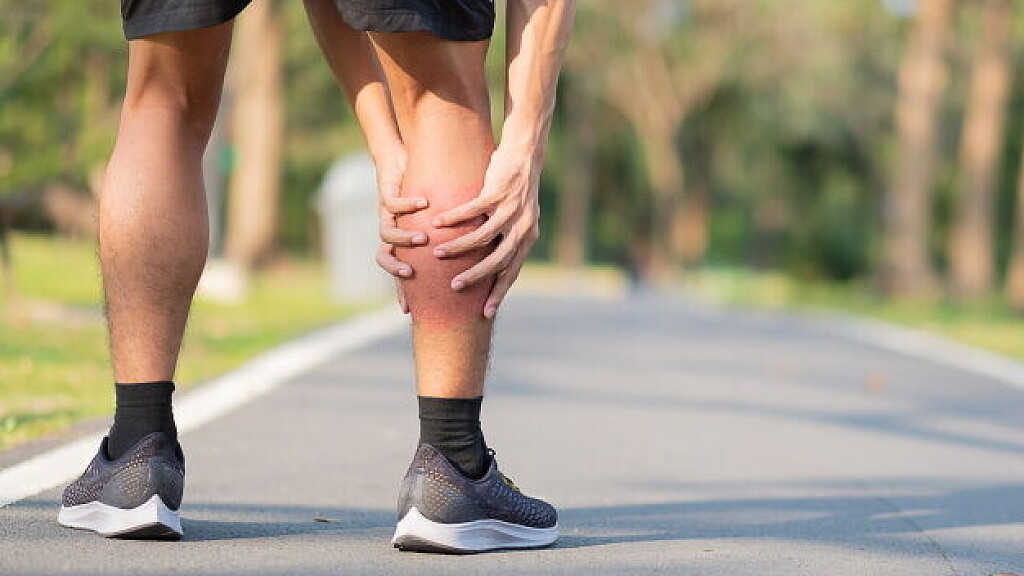Running News Daily
Running News Daily is edited by Bob Anderson. Send your news items to bob@mybestruns.com Advertising opportunities available. Train the Kenyan Way at KATA Kenya and Portugal owned and operated by Bob Anderson. Be sure to catch our movie A Long Run the movie KATA Running Camps and KATA Potato Farms - 31 now open in Kenya! https://kata.ke/
Index to Daily Posts · Sign Up For Updates · Run The World Feed
Five steps to preventing calf strains, are you prone to calf injuries? Follow these steps to keep the muscles in your lower legs healthy
Calf strains, while not as common as Achilles injuries, are still a common problem among runners. Your calves do a lot of work while you’re running to propel you forward, making them vulnerable to fatigue and over-use, but by following these five steps, you can lower your risk for injuries and even improve performance.
Warm-up
All runners can benefit from a quick warm-up before heading out for their daily miles, but if you’re prone to calf injuries, a little pre-run work can go a long way in keeping calf issues at bay. All it takes is some simple, light movement to get your blood flowing and to loosen up tissues — even just walking for a few minutes before beginning can help. You can also try this quick pre-run warm-up to get yourself ready to hit the road.
Foam roll before your run

Foam rolling is a great addition to your pre-run routine, and rolling out your calves before a run can increase your range of motion in your ankles without affecting muscle strength. Make sure you check out our tips for how to foam roll properly so you get the most out of your pre-run routine.
Do explosive work at the beginning of your run
Explosive movements are when you’re most likely to injure your gastrocnemius (the larger of the two calf muscles). If you’re prone to calf injuries, plan to do these movements (like hills, sprints or jumps) earlier in your workout, before your muscles are fatigued.

Avoid low-drop shoes
Runners who experience chronic calf injuries should avoid running shoes with a low heel drop, since they put more strain on your lower legs, particularly your calves. Shoes with a heel drop of eight to 10 mm or more are likely a better choice for runners with problematic calves.
Strengthen your calves
This is perhaps the most important piece of advice of all. Your calves take more load for their size than any other muscle in your body when you’re running, so making sure they’re strong enough to withstand the demands of running is crucial for preventing injuries. As a bonus, having strong calves can help you run faster, and for masters athletes, they will help you slow down less as you get older. Try adding these calf exercises into your strength routine to keep your calves strong and durable.
by Running Magazine
Login to leave a comment




